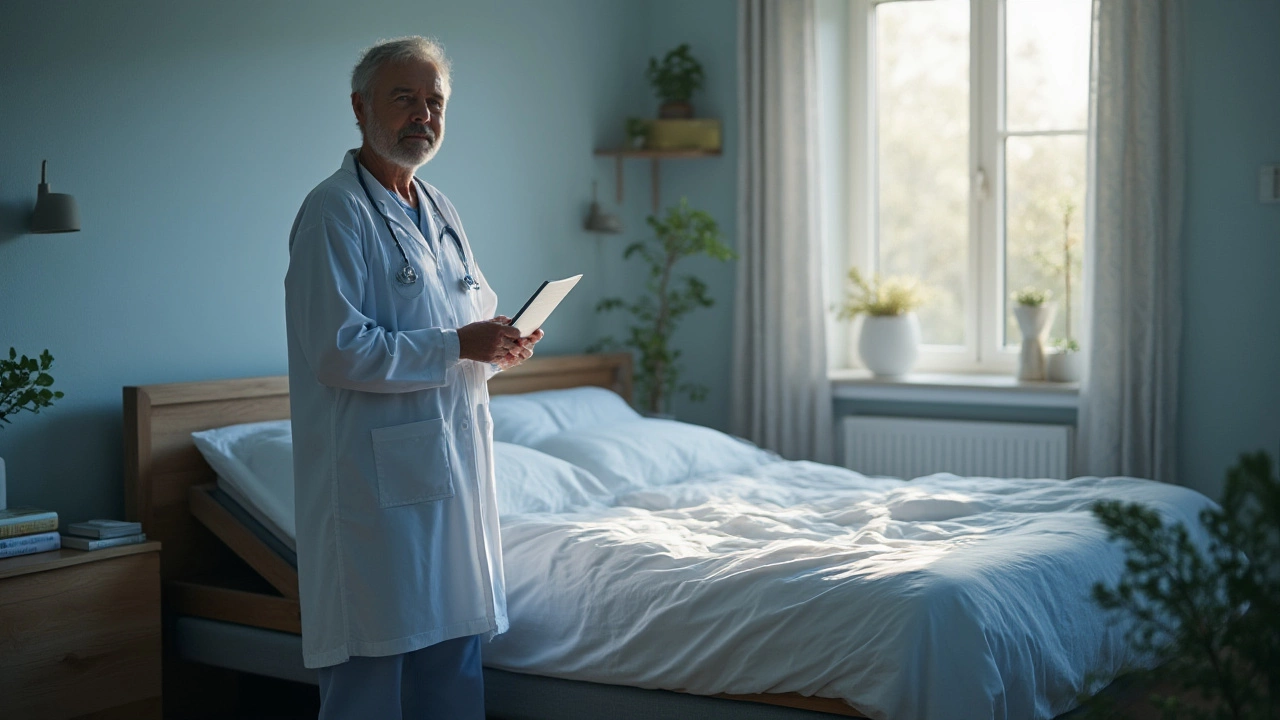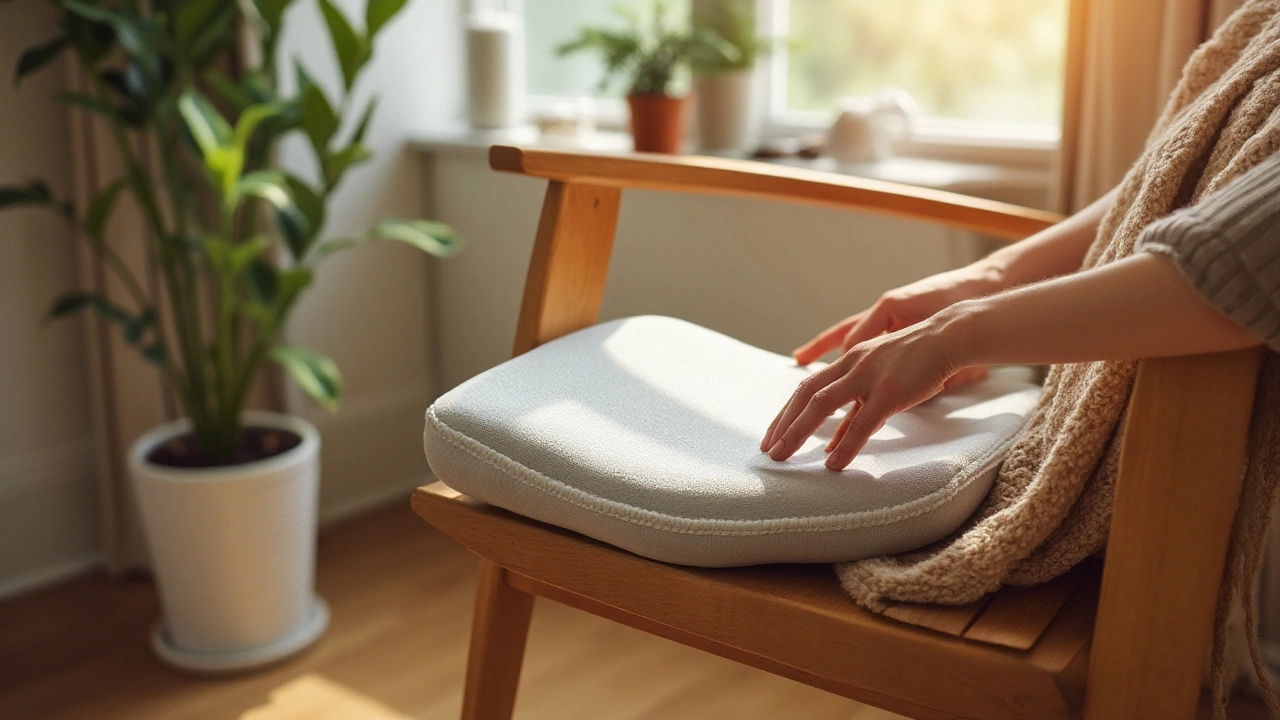Back Pain Relief: Easy Home Hacks to Feel Better Today
Got a sore back after a long day on the couch? You’re not alone. Most of us spend hours sitting, scrolling, or working on laptops, and that can leave the spine whining. The good news? You don’t need a pricey therapist right away. Small tweaks in your home can cut the ache and keep you moving.
Why Back Pain Happens at Home
Our bodies love balance. When a chair is too low, a screen is too high, or a mattress is saggy, the spine twists to compensate. Over time that twist creates tension in muscles and joints. Even the lighting matters – harsh glare makes you hunch over to see, while dim light forces you to lean forward. Add a cluttered floor and you’re forcing your back to work overtime.
Simple Changes That Make a Difference
1. Choose the right chair. Look for a seat with adjustable height and good lumbar support. If you can’t find one, add a small pillow or a rolled‑up towel behind the lower back. It’s a cheap trick that aligns the spine.
2. Mind your screen level. Your monitor should sit at eye level so you don’t crane your neck. A stack of books or a cheap laptop stand does the job. When the screen is too low, you bend, and that strain spreads to the lower back.
3. Light it right. Bright, evenly spread light reduces the urge to lean forward. A floor lamp with a soft shade or a desk lamp positioned behind you can cut the glare. Good lighting is a silent back‑friend.
4. Keep walking. Even a two‑minute stroll every hour relieves pressure on the discs. Set a timer, get up, stretch, and shake out the tension. It’s amazing how a short break can reset your posture.
5. Pick a supportive mattress. A mattress that sags in the middle forces the hips and shoulders to sit unevenly, cranking the spine. If your mattress is more than seven years old, consider swapping it for a firmer model.
6. Add a floor rug with grip. Slippery floors make you adjust your gait, which can send shockwaves up the back. A low‑pile rug with a non‑slip backing gives your feet stable footing.
All these tweaks use items you probably already have or can find at a place like Illuminate by Beth. They sell stylish lighting, ergonomic chairs, and soft rugs that look great while helping your spine stay happy.
Remember, if the pain sticks around for more than a week or gets worse, it’s smart to see a professional. But for everyday aches, these home adjustments are a budget‑friendly way to feel better fast.
Try one change today – maybe just the pillow behind your lower back – and notice how your posture improves. Small steps add up, and before you know it your back will thank you.

Doctors’ Insights on Adjustable Beds: Comfort, Health Benefits, and Real Recommendations
Curious what doctors truly think about adjustable beds? This article breaks down medical perspectives, key benefits, and practical tips for sleep comfort and pain relief.

Exploring the Efficacy of Sciatica Relief Cushions
Sciatica is a common issue that causes discomfort in millions of people worldwide. Many look for relief through various methods, including specialized cushions designed to alleviate pain. This article explores whether these cushions effectively provide the much-needed comfort and support for sciatica sufferers, along with tips on selecting the right cushion for individual needs.
Categories
- Storage (27)
- Bathroom (18)
- Sofas (15)
- Curtains (15)
- Home Decor (12)
- Bedding (11)
- Kitchenware (11)
- Cushions (11)
- Mirrors (10)
- Rugs (9)
Popular Articles



